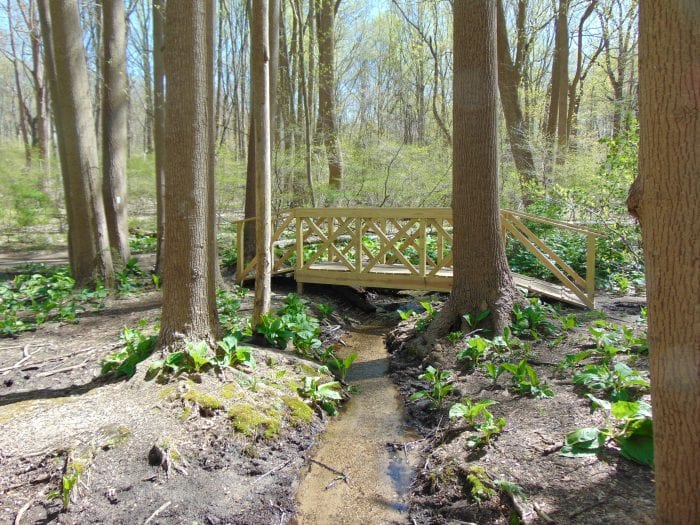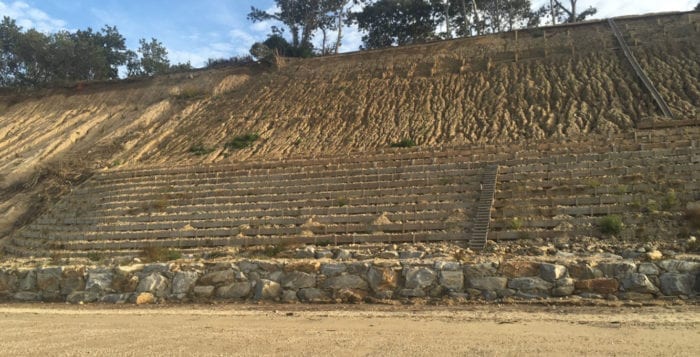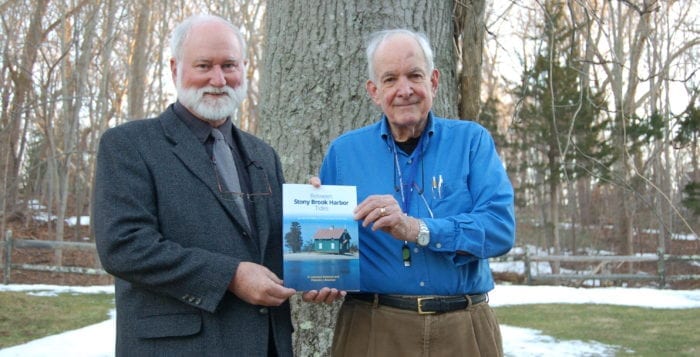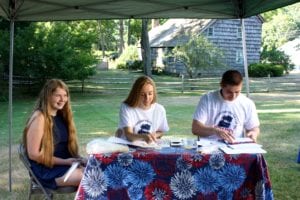By R. Lawrence Swanson
We don’t appreciate what we have until somebody else wants it or takes it. Such is the case with Long Island’s open space.
By some accounts, several hundred thousand people have left New York City to seek less populated areas since the outbreak of the COVID virus this past spring. People are relocating along the east coast, Maine to Florida. Most, however, seem to be populating the suburban and more rural parts of Long Island, Connecticut and New Jersey, at least temporarily, but perhaps permanently.
Evidence of this migration can be seen in a number of forms. Housing prices are up considerably as is school enrollment. Long Island government officials hope that businesses will be able to extend the summer season as city residents opt to prolong their summer relocations well into the fall and perhaps permanently. East End towns have seen their garbage generation increase, in one case perhaps 50 percent, all due to the influx of city people.
Suddenly, the importance of social distancing makes Long Island attractive. Our remaining but diminishing open space is valued as people realize large population density still has significant downsides — particularly during a pandemic. Steven Johnson, in his 2006 book, “The Ghost Map,” about the 1854 cholera epidemic in London, points out that intense population density, contributing to drinking water pollution, led to the scourge. With COVID, we are experiencing yet another example of what happens when many people live too close together. Even though there are many advantages to city dwelling such as energy, transportation and health treatment efficiencies, public health can be jeopardized when people are packed together — exponential growth of an infectious disease, for one.
Perhaps now we can understand the benefits of open space and that there are real disadvantages to complete grow out — there are “limits to growth.” Long Island’s premier planner, Dr. Lee Koppelman, postulated in 1964 that Long Island must preserve a minimum of 10 acres per 1,000 people and that 50 percent of inhabited lands needs to be open space if people are to experience a high quality of life. The pandemic has shown that this is indeed correct and now open space is desired by many who don’t have access to it.
According to The Trust for Public Land, Nassau and Suffolk Counties had 15,300 and 120,000 acres (5 percent and 8 percent of total land area) respectively of parks and open space in 2010. However, not all the open space is permanently protected. Suffolk County benefits from its remaining but disappearing agricultural lands.
Long Island, and particularly the residents of Suffolk County, have vigorously supported a number of programs developed over the years to assure that we do have that space for our wellbeing. These programs and laws include farmland preservation, Save Open Space, Community Greenways and the Drinking Water Protection Program (¼ percent sales tax; twice approved by the electorate). Several of these are national models for preserving openness. The Suffolk County Legislature deserves a “Well Done” for recently preventing a temporary borrowing from the ¼ percent sales tax fund. How prescient of the East End towns to pass the Peconic Bay Region Community Preservation Fund, a tax on property sales, creating a revenue stream to preserve historic properties and open space. Public/private partnerships are useful mechanisms to assure protection of green space. And, we are fortunate to have non-governmental organizations like the Peconic Land Trust, The Nature Conservancy and the North Shore Land Alliance preserving lands as well.
But, while a great deal has been done over the last few decades to acquire and protect Long Island from complete build out, we are now falling short of what needs to be done. The COVID pandemic clearly amplifies the desirability of and requirement for open space. More than ever, Nassau and Suffolk Counties and their respective towns, even in tough financial situations, need to aggressively pursue protecting space — more parkland, greenspace and agricultural land, for the health and wellbeing of their citizens. Let’s encourage our elected officials to support the various groundbreaking, space-preservation programs and strategies that are available. We need to implement them aggressively for the long-term sustainability of Long Island.
R. Lawrence Swanson is the associate dean of Stony Brook University School of Marine and Atmospheric Sciences and director of its Waste Reduction and Management Institute.








